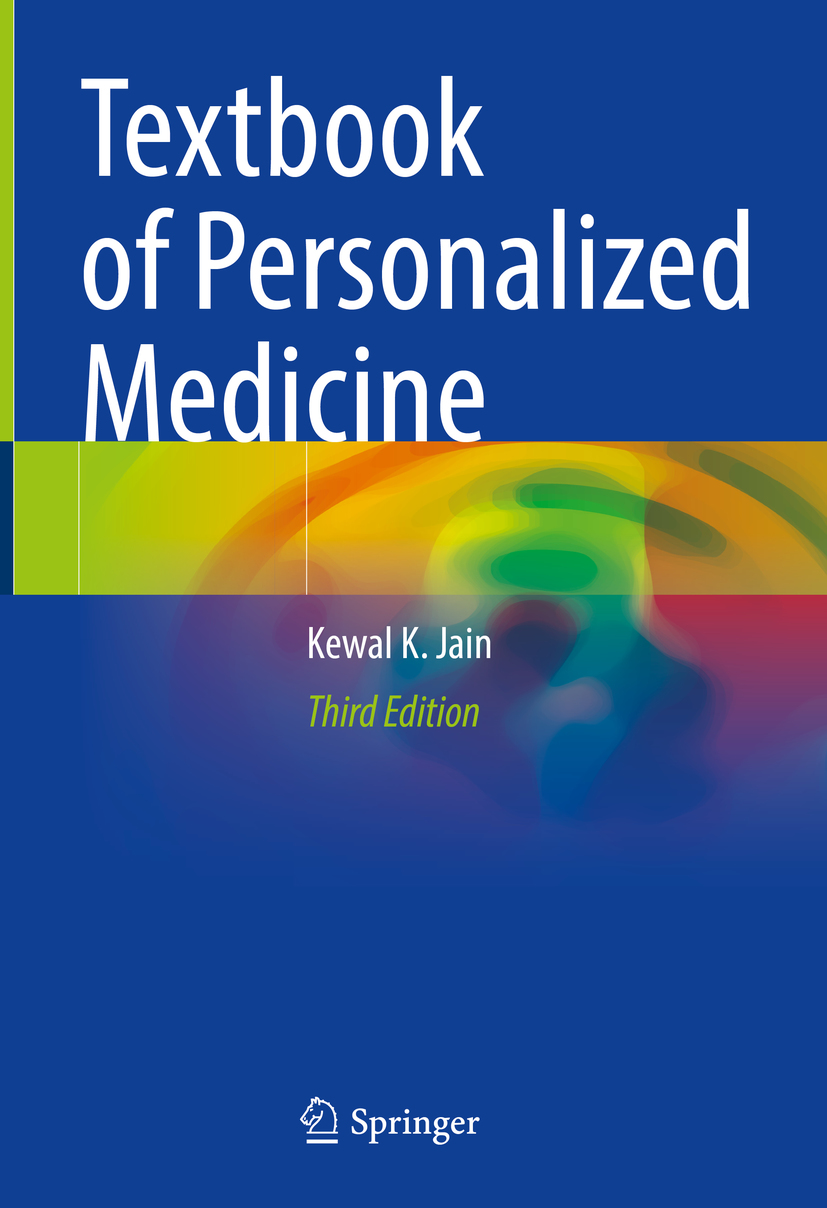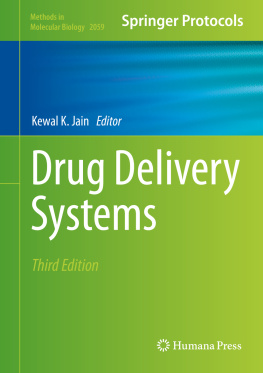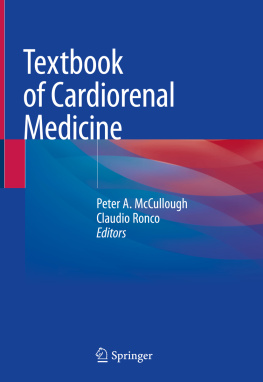Kewal K. Jain - Textbook of Personalized Medicine
Here you can read online Kewal K. Jain - Textbook of Personalized Medicine full text of the book (entire story) in english for free. Download pdf and epub, get meaning, cover and reviews about this ebook. year: 2020, publisher: Springer International Publishing, genre: Romance novel. Description of the work, (preface) as well as reviews are available. Best literature library LitArk.com created for fans of good reading and offers a wide selection of genres:
Romance novel
Science fiction
Adventure
Detective
Science
History
Home and family
Prose
Art
Politics
Computer
Non-fiction
Religion
Business
Children
Humor
Choose a favorite category and find really read worthwhile books. Enjoy immersion in the world of imagination, feel the emotions of the characters or learn something new for yourself, make an fascinating discovery.
- Book:Textbook of Personalized Medicine
- Author:
- Publisher:Springer International Publishing
- Genre:
- Year:2020
- Rating:4 / 5
- Favourites:Add to favourites
- Your mark:
- 80
- 1
- 2
- 3
- 4
- 5
Textbook of Personalized Medicine: summary, description and annotation
We offer to read an annotation, description, summary or preface (depends on what the author of the book "Textbook of Personalized Medicine" wrote himself). If you haven't found the necessary information about the book — write in the comments, we will try to find it.
Textbook of Personalized Medicine — read online for free the complete book (whole text) full work
Below is the text of the book, divided by pages. System saving the place of the last page read, allows you to conveniently read the book "Textbook of Personalized Medicine" online for free, without having to search again every time where you left off. Put a bookmark, and you can go to the page where you finished reading at any time.
Font size:
Interval:
Bookmark:


This Springer imprint is published by the registered company Springer Nature Switzerland AG
The registered company address is: Gewerbestrasse 11, 6330 Cham, Switzerland
Considerable advances have taken place in personalized medicine since the 2nd edition of this textbook in 2015, requiring rewriting. Approximately 50% of the old material has been replaced, although historical and classical items have been retained. The text has been expanded and is supplemented with 69 tables and 41 illustrations. References are appended at the end of each chapter and the total number has increased to approximately 1000 despite deletion of older references. Most new developments have occurred in personalized oncology and the original chapter has been split into three, with personalized immuno-oncology as a separate chapter. As in previous editions, the uniform style of a single-author book has been maintained. The audience of physicians, pharmacists, research scientists, healthcare providers, and biotechnology and pharmaceutical companies is kept in mind. Lay readers and patients, who are important participants in personalized medicine, can understand this book if they have a basic science education.
The title Personalized Medicine has been retained from the first monograph on this topic by the author in 1998. Recently, there is an effort to replace it by Precision Medicine, a term that has been used in this book as well as in previous editions as one of a dozen terms used for the description of personalized medicine, where the focus is on the person or the patient, and the coverage of various aspects of healthcare is comprehensive.
Finally, the author would like to thank Gregory Sutorius, Senior Editor, Clinical Medicine, Springer, for his encouragement and support throughout this project. Eugenia Judson, Production Editor at SPi Global for Springer Nature, has been very helpful during the publishing process.
Considerable advances have taken place in technologies used for advancing personalized medicine, and it is increasingly applied in clinical use. This has required expansion and revision of some parts of the first edition published in 2009. The style has been maintained due to the positive feedback of readers, including scientists, pharmacists, physicians, and lay persons interested in this topic. The book provides a concise and comprehensive source of reference for those involved in healthcare management, planning, and politics. As a single author book, it avoids the overlaps and missing areas frequently found in multiauthor books. Moreover, the time to publication is reduced by avoiding the long delays of numerous authors who do not keep the deadlines.
The book includes 700 references selected from thousands of publications during the past decade and appended at the end of each chapter. Some of the references included were prepublication versions at the end of 2014 that will not be formally published until 2015. The text is supplemented by 31 illustrations and 56 tables. Algorithms are included as a guide to those involved in the management of important diseases where decision making is involved due to the multiple choices available.
Finally, I thank the editorial staff of Springer, particularly Patrick Marton and David Casey, for their help and encouragement in this project.
Personalized medicine, which simply means selection of treatment best suited for an individual, involves integration and translation of several new technologies in clinical care of patients. The scope is much broader than indicated by the term genomic medicine, because many non-genomic factors are taken into consideration in developing personalized medicine. Basic technologies for personalized medicine, of which molecular diagnostics has the biggest share, are mentioned briefly and appropriate references are given for further information. Commercial aspects are discussed briefly in a chapter and detailed analysis of markets and companies involved in personalized medicine is presented in a special report on this topic. There is increasing interest in personalized medicine. Considerable advances have taken place in molecular biology and biotechnology to make personalized medicine a viable option, but some misconceptions still exist, both in the academic and in the commercial sectors. There is lack of a suitable source of information that provides both the fundamentals as well as applications of personalized medicine. As the latest version of the first monograph on personalized medicine published in 1998, this volume, Textbook of Personalized Medicine, summarizes the authors efforts during the past decade as well as reviews of selected studies done during this period in a readable format for physicians and scientists. It is hoped that physicians, pharmacists, scientists, and interested lay readers with basic scientific knowledge will find this book useful.
Angiotensin-converting enzyme
ADMEAdsorption, distribution, metabolism, excretion
ADRAdverse drug reaction
BRCA1Breast cancer susceptibility gene 1
CECapillary electrophoresis
CFCystic fibrosis
CMLChronic myeloid leukemia
CRADACooperative Research & Development Agreement
CYPCytochrome P
DARPADefense Advanced Research Projects Agency
DHPLCDenaturing high performance liquid chromatography
DNADeoxyribonucleic acid
DRDopamine receptor
Font size:
Interval:
Bookmark:
Similar books «Textbook of Personalized Medicine»
Look at similar books to Textbook of Personalized Medicine. We have selected literature similar in name and meaning in the hope of providing readers with more options to find new, interesting, not yet read works.
Discussion, reviews of the book Textbook of Personalized Medicine and just readers' own opinions. Leave your comments, write what you think about the work, its meaning or the main characters. Specify what exactly you liked and what you didn't like, and why you think so.










